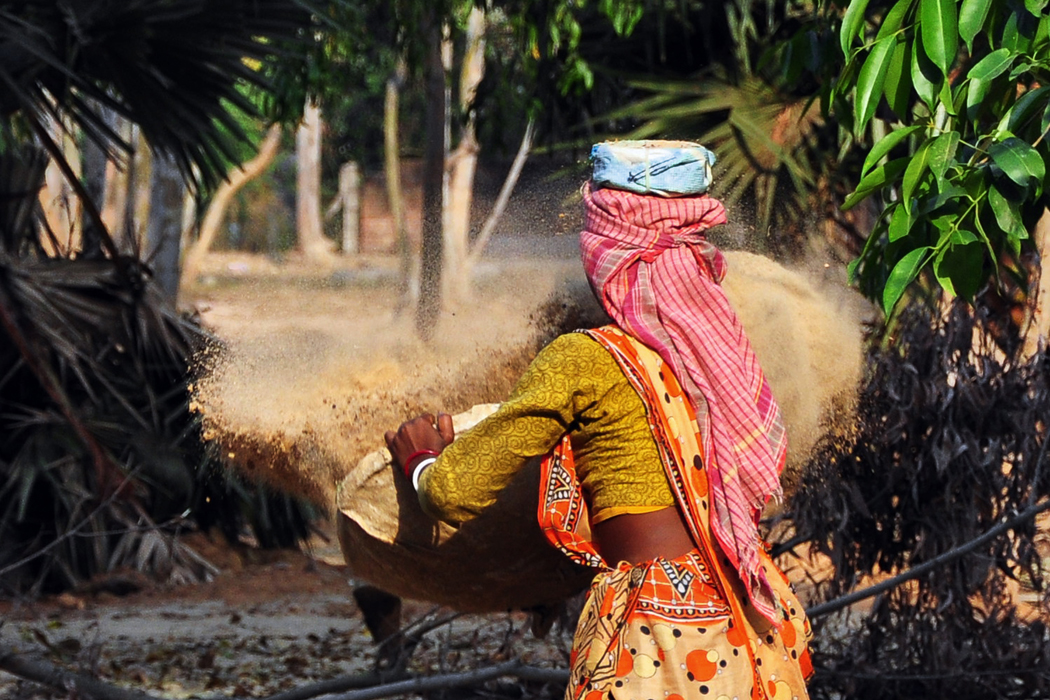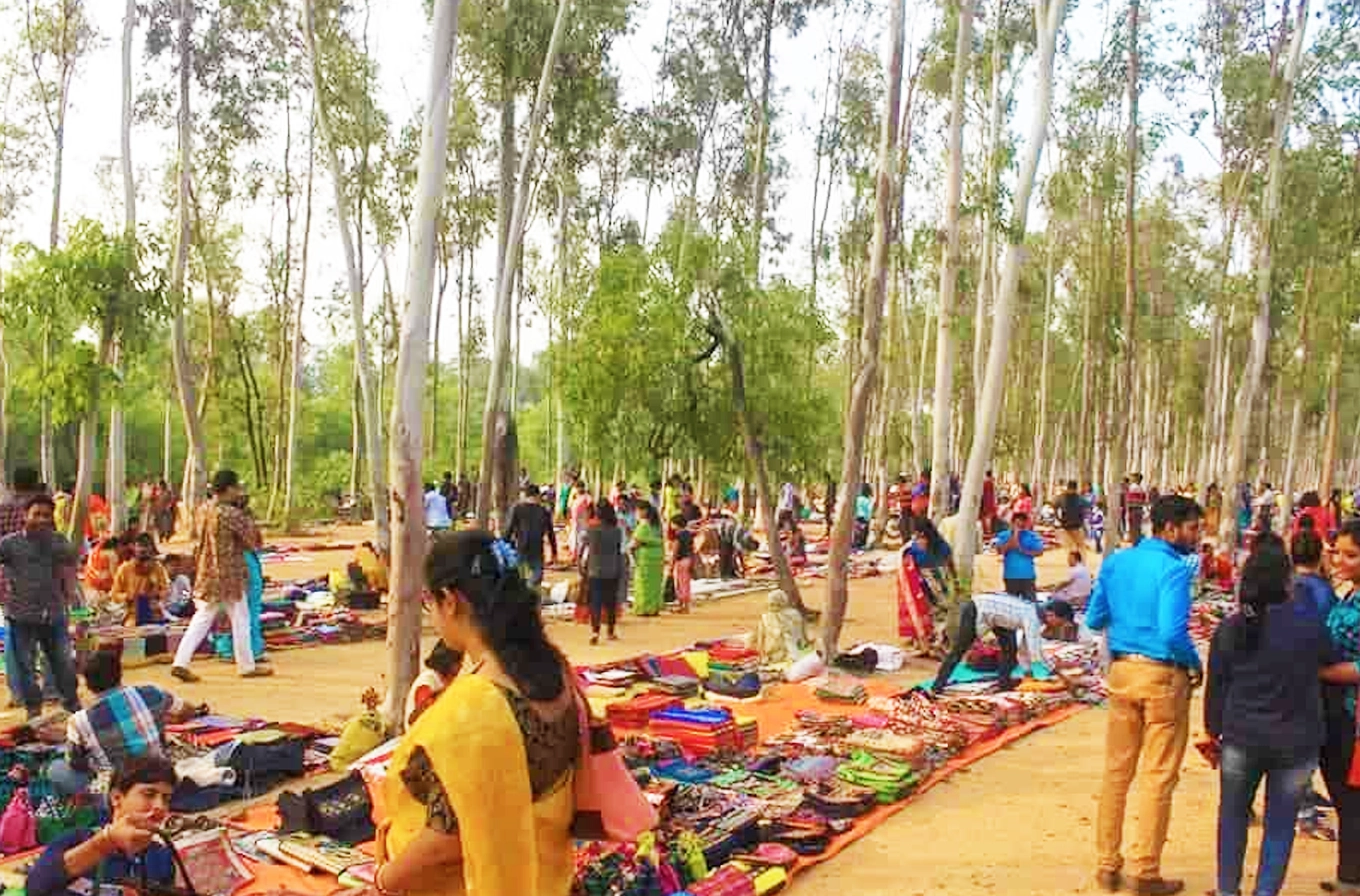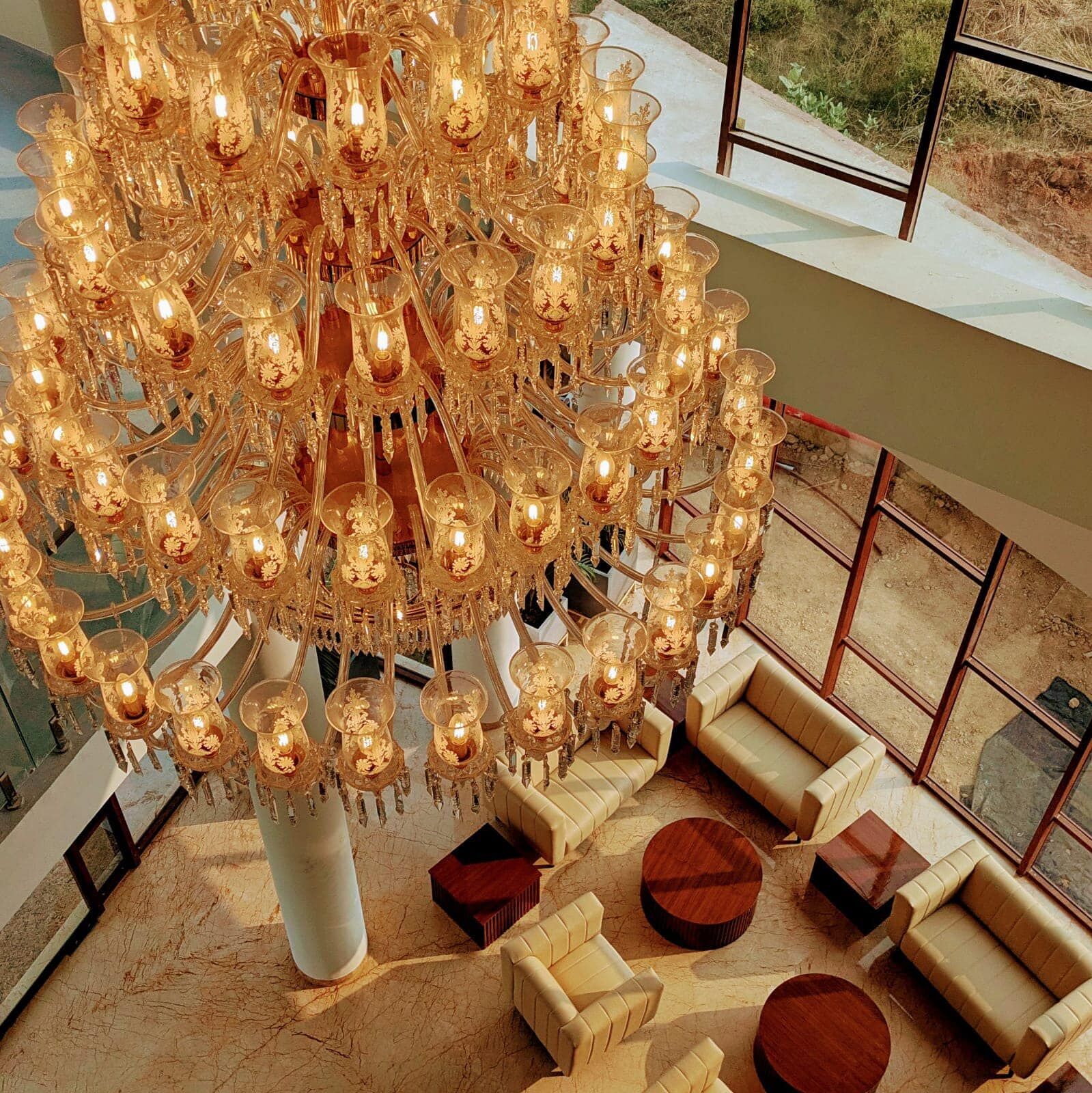Santiniketan – Birbhum
1. Birbhum before the poets
Birbhum’s story begins long before any map wrote the name Santiniketan. The district, its name literally meaning "land of the brave" is stitched with ancient villages, terracotta temples, and a people whose lives move to the rhythms of fields and festivals. Archaeological finds and temple inscriptions remind us of an agrarian civilisation where craft and ritual shaped the days. The land here is generous: clay for pottery, cotton for weaving, forests for wood and roots, and rivers that have fed both soil and story for centuries.
2. Tagore’s arrival
In the mid 1800s, Maharshi Debendranath Tagore bought a bit of this gracious earth as a family retreat. His son, Rabindranath Tagore, saw more than a retreat he saw a school in which learning would breathe alongside nature. The small Brahmacharya Ashram he started in 1901 eventually matured into Visva-Bharati University, an experiment in education that invited the world to study and to teach. The curriculum was radical for its time: open air classrooms, no rigid examinations, co learning with villagers, and a place where art and craft were as important as arithmetic.
Tagore’s influence turned Santiniketan into a magnet for artists and reformers. Painters like Nandalal Bose and Jamini Roy found in its fields a palette for modern Indian art. Musicians experimented with fusion, and poets wrote into the wind. The ideas forged here of cultural synthesis, of learning from rural life rippled across India and beyond.
“Trees are the poems that the earth writes upon the sky.”
3. The campus
There is a special kind of hush in the Visva-Bharati courtyards at dawn. Students sit on low benches under trees; teachers move between discussions and pottery wheels. Kala Bhavana’s murals, Patha Bhavana’s open classrooms, and Sangeet Bhavana’s music halls are not relics but living places where craft is practiced and passed on. The campus design itself low slung buildings, courtyards, and open verandas invites curiosity and slow attention.
4. Sonajhuri, Kopai & the small wild places
Walk away from the campus and the town opens into small forests of Sonajhuri (shorea robusta relatives), fields, and the gentle Kopai river. In winter the Sonajhuri drops golden flowers that carpet the trails. The Kopai, winding and modest, has been a quiet subject in Tagore’s poems; its banks are perfect for sunset walks and slow picnics.
5. Crafts, markets & the economy of making
Amar Kutir, Sonajhuri Haat, and local weavers keep time with craft traditions. Batik printing, dokra metalwork, handloom weaving, and terracotta continue to be livelihoods and legacies. Buying a handloom stole or a small clay horse is not just a purchase it’s a tiny pledge to keep a skill alive.
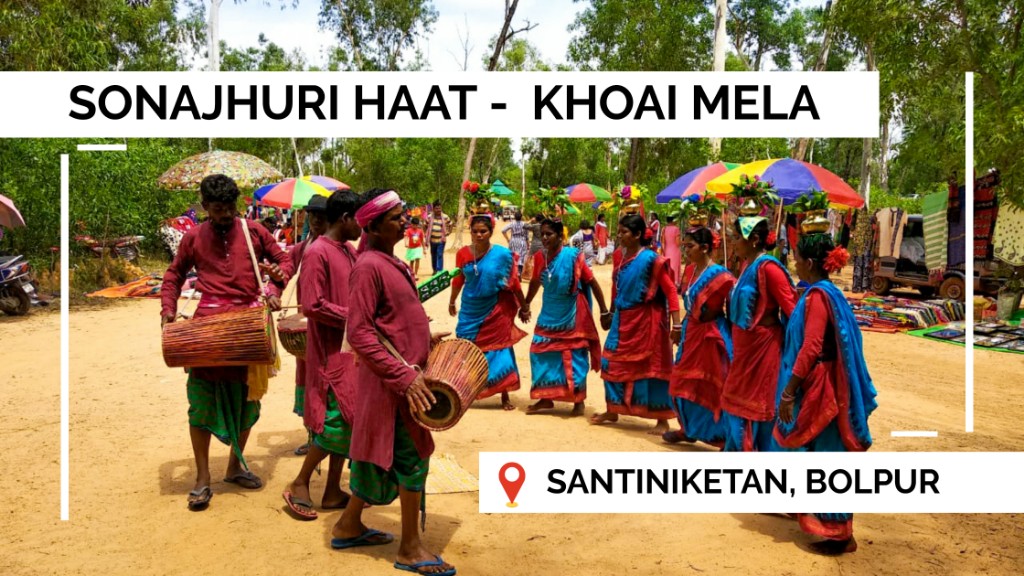

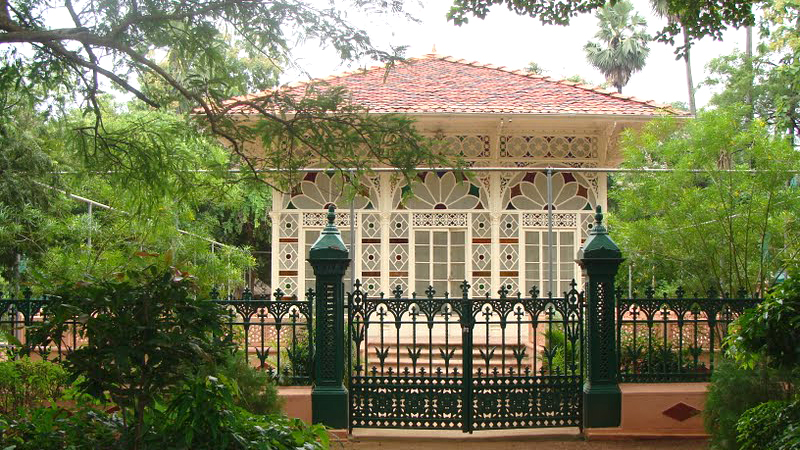
6. Festivals
Poush Mela is the most visible of Santiniketan’s festivals a winter fair where music, craft, and food make a vast public poem. But the calendar is full of smaller rituals: Basanta Utsav’s colour and play, harvest songs that celebrate the earth’s yield, and local temple festivals where terracotta façades are lit with diyas. These events are communal, raw, and genuine.
7. Food
Food in Santiniketan is simple but soulful: steaming rice, mustard-based fish curries, seasonal vegetables prepared with care, and sweetmeats like patishapta during fairs. Street snacks such as jhalmuri and muri-ghonto are essential—each bite is loud with texture and memory. Many family kitchens open their doors to guests for a thali that tastes like home.
8. How to move
Getting there: Bolpur Shantiniketan railway station connects to Kolkata; road journeys from Kolkata take roughly 3.5 to 4 hours depending on traffic.
Local transport: Auto-rickshaws, cycle rickshaws, and private taxis are readily available.
9. The Pearl Club Resort
Set a short drive from the main campus and the Sonajhuri woods, The Pearl Club Resort is a gardened world of comfort and careful design. It is a property that understands silence and celebration in equal measure: a pool that holds the sky’s reflection, a garden where morning yoga loosens time, and public spaces that feel both private and welcoming.
Luxury, thoughtfully delivered
The Pearl Club Resort offers multiple accommodation styles to suit different kinds of travellers:
- Premier Rooms: Elegant rooms for solo travellers and couples with large windows, king/queen beds, modern ensuite bathrooms, and handcrafted furnishings.
- Private Bungalows: Standalone bungalows with private verandas, open courtyards, and room for up to 6 guests — ideal for families and small groups seeking privacy.
Facilities & experiences
Amenities include an infinity pool, a garden and lawn, a well equipped gym, a games room with pool, snooker, tennis etc and melodious baul nights.
The staff — people who turn stays into stories
What makes The Pearl Club Resort more than a place to sleep is its people. The concierge remembers returning guests and arranges small surprises; the chef sources local ingredients and recreates family recipes with a refined touch; the housekeeping staff add delicate, human details — a sprig of marigold, a handwritten note, a familiar cup placed just so. Behind the scenes the maintenance crew and night team keep the property safe, serene, and immaculate.
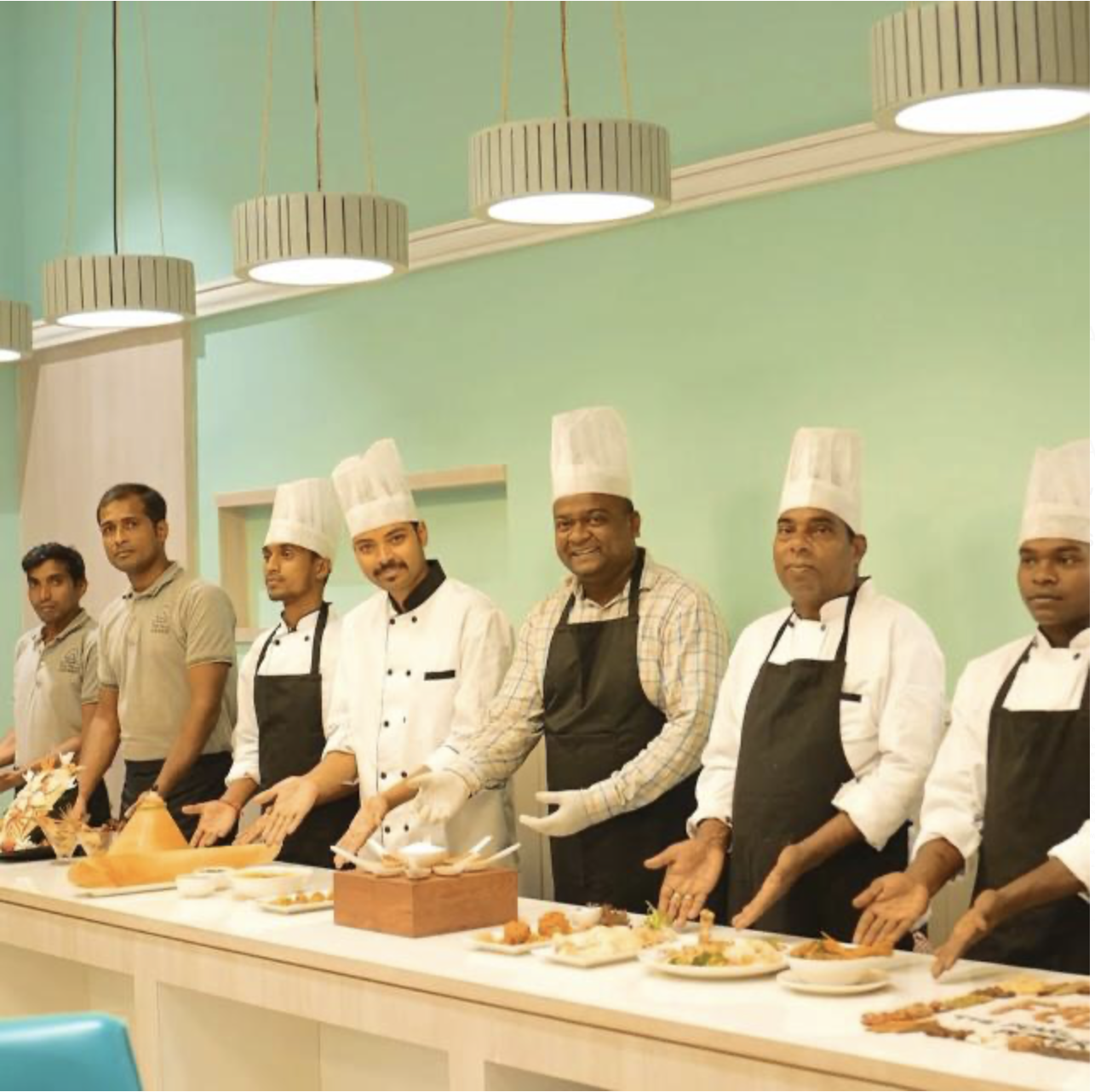
They are not service staff; they are storytellers and caretakers. They notice when a guest prefers early tea, arrange a private baul performance on a birthday, or help an elderly guest climb stairs with quiet patience. They work round-the-clock not because they must, but because they take pride in being part of someone’s memory.
10. A suggested slow itinerary (3–4 days)
- Day 1: Arrive, settle into The Pearl Club Resort, walk the garden, early dinner and an open-air music session.
- Day 2: Morning at Visva-Bharati (Patha Bhavana & Kala Bhavana), lunch at a local homestay, evening at Sonajhuri Haat.
- Day 3: Workshop (batik or pottery) at Amar Kutir, afternoon birdwatching at Ballabhpur Sanctuary, leisurely spa evening.
- Day 4: A dawn walk by Kopai river, checkout after a late brunch, with a packed picnic from the resort for the road.
11. Responsible travel & how to give back
Buy directly from artisans, avoid single-use plastics, and respect campus rules. Consider donating to local craft cooperatives, or booking a workshop where fees go directly to artisan groups — small acts that compound into real support.
12. Why this will stay with you
Santiniketan asks only that you slow down. When you do, the land returns your attention with layered textures: songs, smells, and faces that will follow you home. The Pearl Club Resort collects these moments and offers them back with care. This is not a hotel where you pass the night — this is a place you will carry with you, the kind of place whose memory becomes part of your being.
13. Practical information
Nearest airport: Kolkata (Netaji Subhas Chandra Bose International Airport) ~170–190 km. Rail: Bolpur Shantiniketan station.
Best time: Oct–Mar for festivals and cool weather.
14. Booking & special experiences
For bespoke stays — wedding packages, cultural retreats, or private workshops — contact The Pearl Club Resort concierge. They design itineraries that stitch together the town’s stories with comfortable, beautiful stays.
